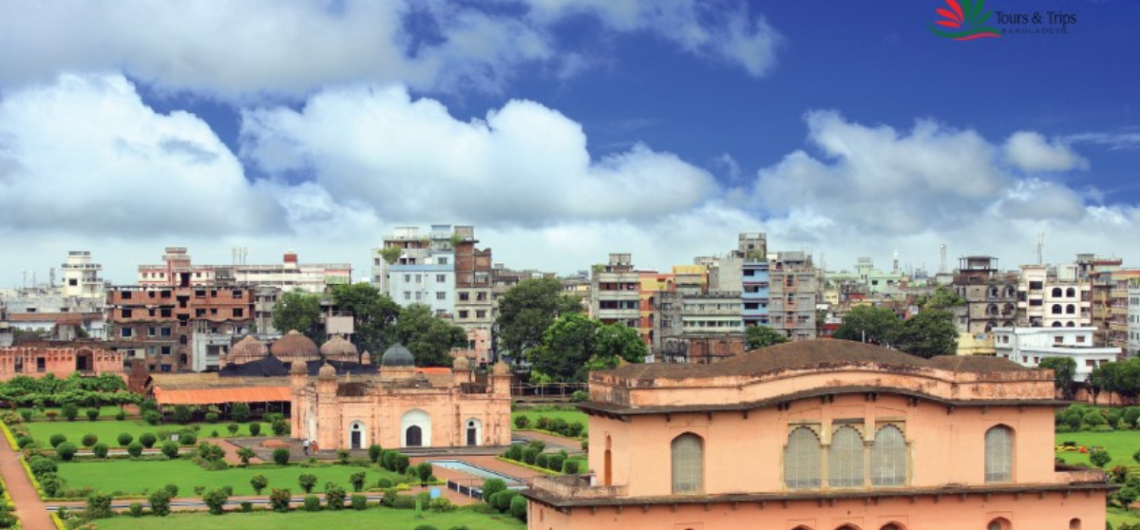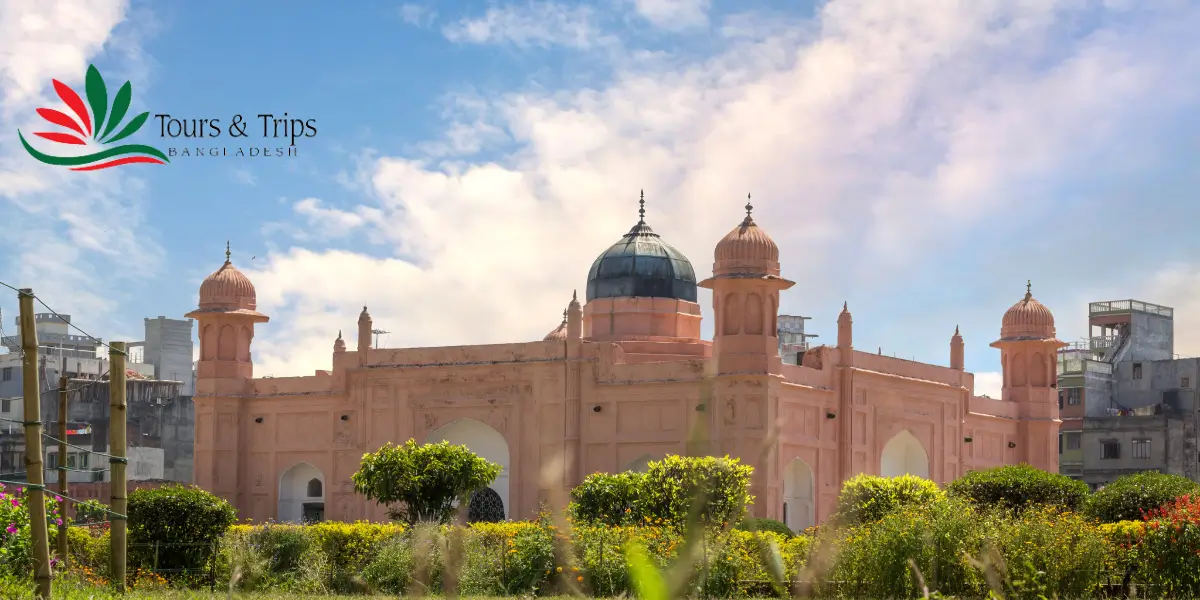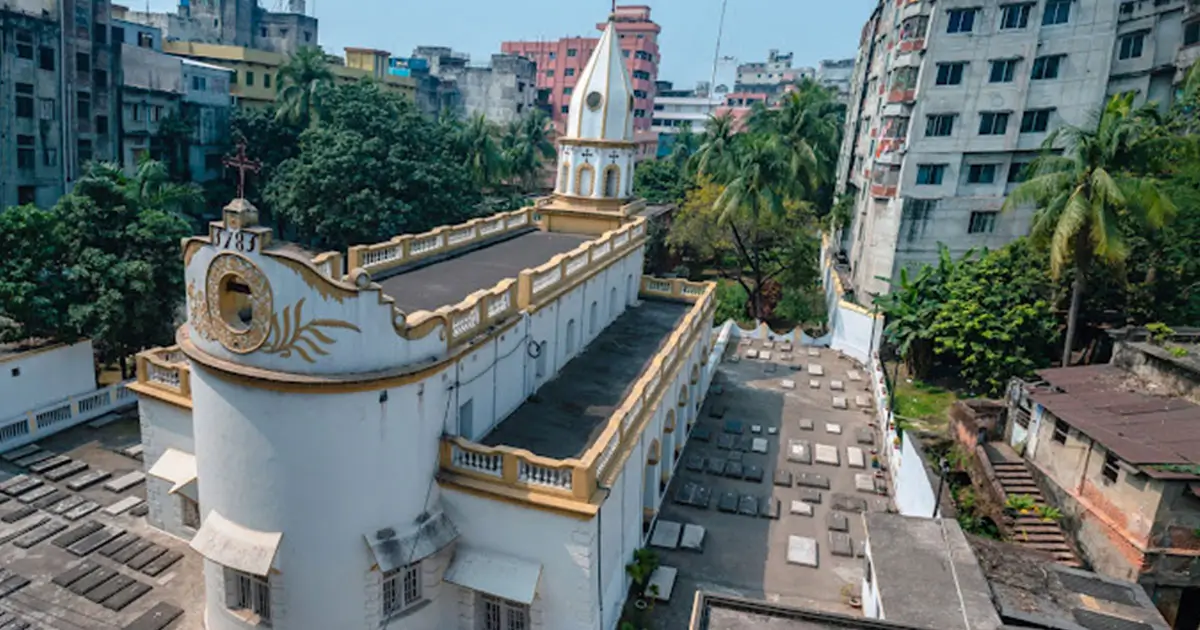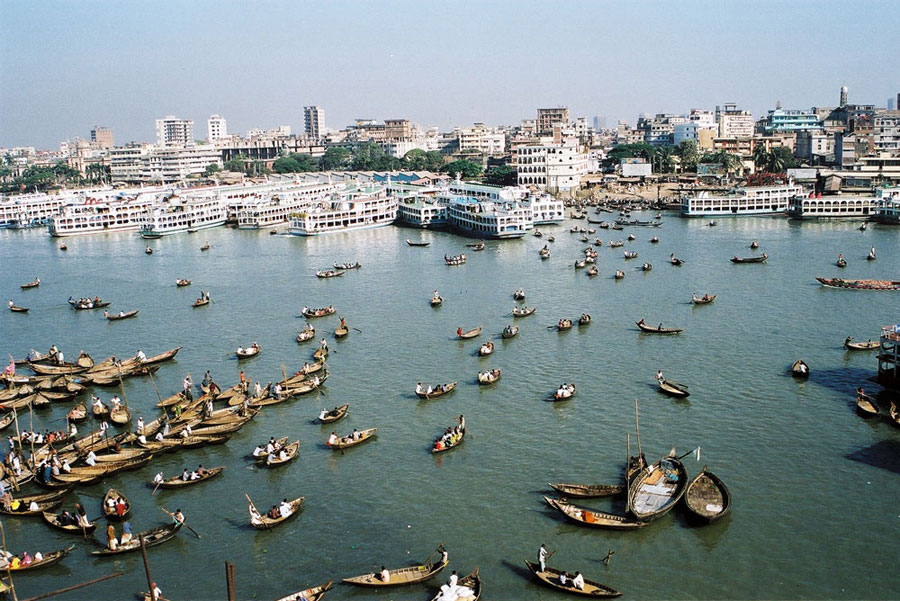Winter Tour Ideas in Bangladesh: Best Places to Visit from November to February
Bangladesh transforms into a traveler’s paradise during the winter months from November to February. With comfortable temperatures

Dhaka Tour Attractions in Bangladesh is a treasure trove of historical landmarks, architectural marvels, and cultural experiences. Home to nearly 20 million people, this bustling metropolis offers visitors an unforgettable journey through time, from Mughal-era fortresses to colonial-period architectural gems. Here’s your comprehensive guide to the most captivating tourist attractions in Dhaka.
The 17th-century Lalbagh Fort, originally known as Aurangabad Fort, stands as a testament to Mughal architectural brilliance. Built under Prince Muhammad Azam and later continued by Governor Shaista Khan, this fortress complex features elegant mosques, royal tombs, and mysterious underground tunnels. The fort’s marble-decorated tomb of Pari Bibi, the three-domed mosque, and the sprawling gardens make it a must-visit destination for history enthusiasts.
Overlooking the Buriganga River, Ahsan Manjil serves as a beautiful reminder of the Nawab dynasty’s grandeur. This Indo-Saracenic revival architectural masterpiece, completed in 1872, now functions as a museum. The palace complex, comprising the Rang Mahal and Andar Mahal, showcases the luxurious lifestyle of Dhaka’s former rulers. History buffs will appreciate that this palace introduced electricity to Dhaka in 1901.
In the heart of old Dhaka’s Armanitola district stands the Armenian Church, built in 1781 by the city’s once-thriving Armenian community. This historical church, with its 750-foot length and distinctive architecture, represents the multicultural fabric that has long characterized Dhaka. The church compound tells the story of the Armenian community’s significant contributions to the city’s development.

Dating back over 12 centuries, Dhakeswari Temple holds the distinction of being Bangladesh’s national temple for the Hindu community. Built by King Ballal Sen of the Sena Dynasty, the temple complex houses multiple shrines, including five Shiv Mandirs and the main temple dedicated to the ten-armed deity Dhakeswari.
This award-winning mosque exemplifies contemporary Islamic architecture. Designed by architect Marina Tabassum, the mosque masterfully incorporates natural light, ventilation, and local materials. Its innovative design, which earned an Aga Khan Award, creates a peaceful sanctuary within the urban landscape.
The Star Mosque, adorned with intricate star patterns and floral motifs crafted from Chinese clay tiles, represents a unique blend of Mughal and Chinese architectural influences. The mosque’s white marble structure, enhanced in 1926, creates a mesmerizing play of light and shadow, making it one of Dhaka’s most photographed religious sites.
This museum chronicles Bangladesh’s journey to independence through four comprehensive galleries. From ancient Bengal history to the 1971 Liberation War, visitors can explore authentic artifacts, photographs, and documents that tell the compelling story of the nation’s birth. The museum’s modern facility offers an immersive educational experience for both locals and tourists.

The bustling Sadarghat River port offers visitors a glimpse into the vital role waterways play in Bangladesh’s daily life. Watch as hundreds of boats navigate the Buriganga River, carrying passengers and cargo. The port area provides excellent photography opportunities and a chance to experience local river culture.
One of South Asia’s largest wholesale markets, Kawran Bazar offers an authentic glimpse into local commerce. The market comes alive at midnight when hundreds of trucks bring fresh produce, fish, and other goods from across the country. This vibrant marketplace provides excellent opportunities for photography and experiencing local trade culture.
This historic street, home to traditional craftsmen who make bangles from conch shells, represents old Dhaka’s cultural heritage. Dating back to the 17th century, Shakhari Bazar maintains its authentic character through narrow lanes lined with historic buildings and active workshops.
Designed by renowned architect Louis Khan, Bangladesh’s Parliament House stands as one of the world’s most significant architectural achievements. The complex, built on 800,000 square meters, masterfully combines modern design with traditional elements, earning the prestigious Aga Khan Award for Architecture.
This modern urban development project offers visitors a refreshing escape from city life. With its musical fountains, water taxi services, and evening light shows, Hatirjheel has become a popular destination for both locals and tourists seeking recreation and relaxation.
When planning your Dhaka tour, consider visiting during the winter months (October to March) when the weather is more favorable. Many attractions have specific visiting hours and may be closed on government holidays, so check opening times in advance. For the best experience, consider hiring a local guide who can provide historical context and help navigate the city’s bustling streets.
Dhaka’s tourist attractions offer visitors a unique blend of historical significance, cultural richness, and modern development. From ancient Mughal architecture to contemporary urban spaces, the city provides diverse experiences that cater to all interests. Whether you’re a history enthusiast, architecture lover, or cultural explorer, Dhaka‘s attractions promise an enriching journey through Bangladesh’s past and present.

The best time to visit Dhaka is during the winter season (October to March) when the weather is mild and pleasant, with temperatures ranging from 15°C to 25°C (59°F to 77°F). Summer months (April to September) can be very hot and humid, with occasional heavy rainfall during the monsoon season. Most attractions are also less crowded during winter months, making it ideal for sightseeing.
A minimum of 3-4 days is recommended to explore Dhaka’s major attractions comfortably. This allows time to visit the historical sites like Lalbagh Fort and Ahsan Manjil, experience the bustling markets, and explore religious sites like the Star Mosque and Dhakeswari Temple. If you want to include more local experiences and visit places at a leisurely pace, consider staying for 5-7 days.
Most outdoor attractions and public spaces allow photography without special permits. However, some locations like the National Parliament House require advance permission and have specific photography rules. Religious sites may restrict photography inside prayer halls. It’s always best to ask permission before taking photos at religious sites and to respect any posted photography guidelines.
When visiting religious sites like mosques and temples, dress modestly out of respect for local customs: